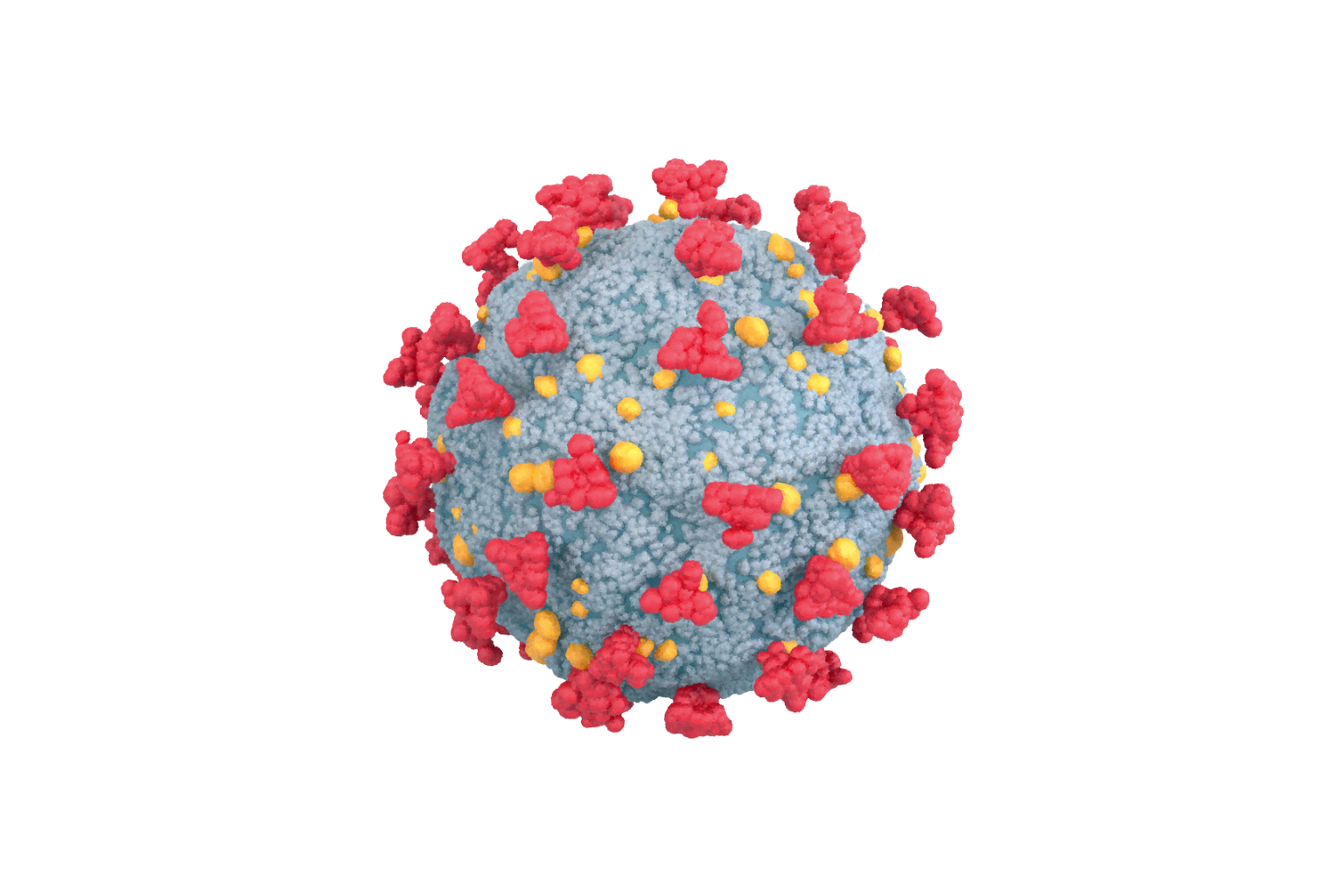COVID-19 Two Years Later
The NIH and CDC must share with the public the lessons they learned on what worked and what didn’t.

By Jim Towey
Two years ago when COVID-19 first appeared, our nation’s leaders suddenly found themselves on unfamiliar terrain. At the time I read a piece by the executive editor of The Federalist, Joy Pullmann on the newly-imposed lockdowns. She began, “Federal and state governments are making a massive gamble about a little-understood new virus. They may not be betting our entire economy, but our nation’s future.” Was she right? Have America’s losses been as grave as she feared?
Pullmann cited our government’s reliance on the Imperial College London’s models which foretold that without repeated, extended and wholescale lockdowns over the next 18 months – measures intended to “flatten the curve” – four million Americans would die.
Everyone alive in 2020 remembers what followed: extended stays at home; empty highways and airports; neighbors avoiding each other on the same sidewalk; small businesses that never reopened; school and church closures; isolated and frightened elderly; and the foregoing of funerals, weddings, graduations, and family gatherings.
Was all this necessary? Pullmann prophetically pointed out that most working and school age Americans were at low risk, and that an economic depression would be far more destructive of lives than Covid. She asked, “Why would the entire nation grind to a halt when the entire nation is not at severe risk?”
Warnings ignored, denounced
Her question was ignored by those at the highest levels of government and public health. The strategies advocated by the Great Barrington Declaration signatories (as the former head of Florida’s public health system, I was among them) for “focused protection” of the elderly without undermining the economy or education of children were denounced by our top health officials. The effectiveness of natural immunity was foolishly disregarded. Well, now we see the economic and social consequences of their decisions.
Readers of this blog can go back and read my own warnings about the devastating economic damage caused by lockdowns, and how the mind-boggling $6 trillion of borrowed taxpayer funds that both Republicans and Democrats made available were more life-supportive than restorative. I also predicted that the spike in inflation would not be temporary as Biden officials were promising. Prices at the pump and in grocery stores, or in manufacturing and housing, spiraled upward. The global responses to Covid fractured supply chains, further driving up prices and frustrating consumers. Yet, even when vaccines and booster shots were broadly available, the federal government and some governors delayed changing course.
Game Changer
And then the football season arrived. Across America, fans were on top of each other for hours on end, ignoring the social distancing and mask recommendations even as Omicron cases spiked. By this point the public wasn’t buying what the public health folks were still selling. It was now common knowledge that the vaccinated and unvaccinated alike could transmit Covid and were equally susceptible to its transmission. Vaccines reduced mortality and hospitalization rates, to be sure, but most Americans and nearly all children were never at risk of these in the first place.
We must mourn the deaths of the nearly one million in the U.S. who died from or with Covid. How many more would have died without the lockdowns and mandates will be disputed for years.
But what isn’t in doubt is the sobering realization that the anesthesia of $6 trillion in federal stimulus has worn off, and a recession may be upon us. Financial markets are in turmoil, inflation surging, and global trade realigning. And worse, U.S.-Russia-China tensions have added a new layer of anguish upon an already-beleaguered public.
Time for an accounting
Before America moves on from Covid, there needs to be a public airing of what worked and what didn’t, so we don’t gamble again with our nation’s future when a variant, sub-variant or other form of the coronavirus comes. We can presume all NIH and CDC folks acted in good faith and be grateful for their service. It would be therapeutic if they, too, think of their critics as graciously.
My plea to government and public health leaders at all levels is simple: Share the lessons learned about lockdowns and mandates. Celebrate what turned out to be prudent. Admit the errors and resolve not to make them next time. Protect the elderly and those most at-risk without exiling them. Recognize the mental health and learning consequences triggered by the unnecessary school closures and masking policies. Be humble. Be transparent.
This could help restore confidence in our authorities, promote national healing and unity, allow our country to concentrate on the pressing challenges now at hand, and prepare us for the next public health emergency.
(The views expressed herein are those of the author and do not necessarily reflect the views of Aging with Dignity and/or its Board of Directors.)
